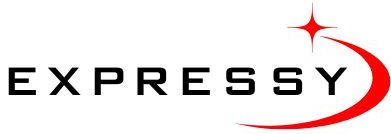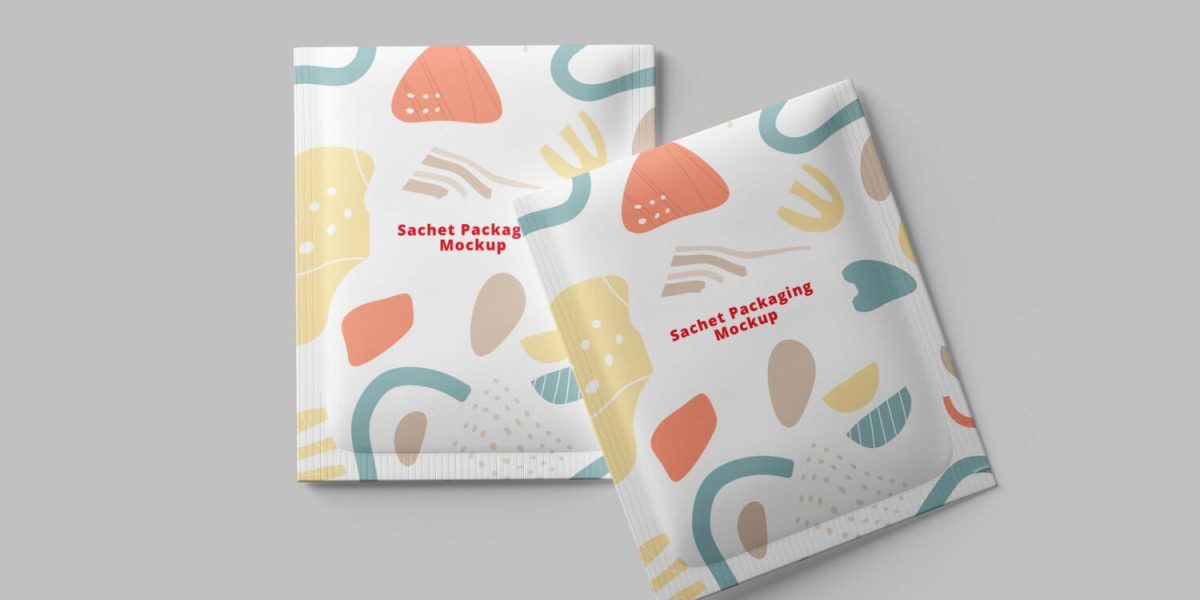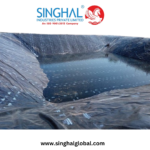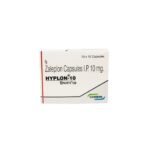Sachet packaging has become a transformative force in the modern retail landscape, reshaping how products are marketed, sold, and consumed. As consumer preferences evolve towards convenience, affordability, and sustainability, sachet packaging has emerged as a strategic solution for brands aiming to meet these demands while optimizing their supply chains. In this comprehensive guide, we explore the critical role of sachet packaging in today’s competitive retail environment and why it is rapidly gaining prominence across multiple industries.
What is Sachet Packaging?
Sachet packaging refers to small, sealed packets designed to contain single-use portions of products. These versatile packages are widely used for various items, including food, cosmetics, pharmaceuticals, and household products. Their compact size makes them ideal for sampling, promoting brand awareness, and meeting the needs of consumers seeking convenience and portability.
The Growing Popularity of Sachet Packaging in Retail
The demand for sachet packaging in modern retail is driven by several key factors:
- Cost-Effectiveness – Sachet packaging allows brands to produce smaller quantities of products at a lower cost, making premium goods more accessible to budget-conscious consumers.
- Portability and Convenience – These small, lightweight packets are easy to carry, making them perfect for on-the-go lifestyles. This convenience has proven especially appealing in urban markets where space and time are at a premium.
- Sustainability Efforts – With increasing awareness of environmental impact, many companies are turning to recyclable and biodegradable sachet materials, aligning their packaging with sustainable practices.
- Brand Sampling and Promotions – Sachets are an excellent method for brands to introduce new products or variations to consumers without the commitment of full-size purchases.
- Extended Shelf Life – Sachets are often designed with airtight seals that protect contents from moisture, light, and contamination, ensuring product freshness for longer periods.
Industries Benefiting from Sachet Packaging
Sachet packaging is prevalent across a diverse range of industries:
- Food and Beverage: Single-serve condiments, instant coffee, spices, and powdered drinks are frequently packaged in sachets for freshness and convenience.
- Cosmetics and Personal Care: Shampoos, lotions, facial creams, and beauty samples are packaged in sachets to provide consumers with trial-size options.
- Pharmaceuticals: Medicines, topical creams, and health supplements are often distributed in sachets for precise dosage and portability.
- Household Products: Detergents, cleaning agents, and fabric softeners are also commonly found in sachet formats for easy, one-time use. more
Sachet Packaging and Consumer Behavior
Modern consumers are increasingly favoring sachet packaging for its convenience and affordability. This packaging model aligns with the growing trend of minimalist living, where smaller, more manageable product sizes are preferred. Additionally, sachet packaging caters to the rising demand for single-use products, particularly in densely populated urban areas where space is limited.
Furthermore, sachets serve as effective marketing tools, offering consumers the chance to try new products without committing to larger quantities. This sampling approach helps brands build trust and encourages repeat purchases.
Sustainability and Sachet Packaging
While sachet packaging offers clear benefits in terms of convenience and cost, it also poses environmental challenges. Traditional sachets are often made from multi-layered plastics that are difficult to recycle. In response, many companies are innovating with eco-friendly alternatives, such as biodegradable and compostable materials.
The shift towards sustainable sachet packaging is not only driven by environmental concerns but also by changing consumer expectations. Modern consumers are increasingly prioritizing brands that demonstrate a commitment to reducing their ecological footprint, making sustainable packaging a critical component of brand loyalty and market competitiveness.
Future Trends in Sachet Packaging
The sachet packaging market is poised for continued growth, with several emerging trends set to shape its future:
- Smart Packaging: Integration of QR codes and augmented reality features that allow consumers to access product information, usage tips, and promotional content.
- Biodegradable Materials: Advances in material science are enabling the production of fully compostable sachets that reduce environmental impact.
- Customization and Personalization: Brands are exploring personalized sachet packaging options to enhance consumer engagement and brand loyalty.
- Enhanced Barrier Technologies: Innovations in barrier protection are extending the shelf life of perishable goods in sachet formats.
Conclusion
Sachet packaging is redefining how products are distributed and consumed in modern retail and now order from our website custom design boxes. Its convenience, cost-effectiveness, and adaptability to various industries make it a powerful tool for brands seeking to enhance consumer reach and satisfaction. As sustainability concerns grow, the evolution of sachet packaging towards eco-friendly solutions will further solidify its role in the future of retail.












